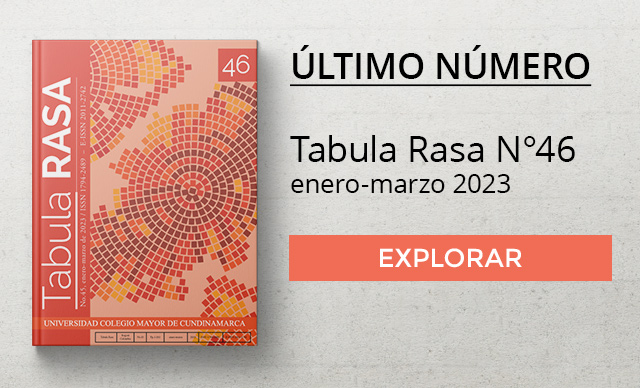Joanne Rappaport
rappapoj@georgetown.edu
Georgetown University, USA
Abstract:
This article examines what early modern bureaucrats thought people of different calidades–indio, mestizo, negro, mulato, espanol–looked like, inquiring into narrative portraits drawn in a variety of legal circumstances. Colonial administrators were not so much concerned with the characteristics of broad social categories but with the appearance of individuals, in keeping with the dictates of the early modern science of physiognomy. Detailing aspect by recourse to skin color and the presence or absence of facial hair, these descriptions frequently overflow ethnoracial classificatory boundaries; physiognomic conventions employed in Spain were insufficient for colonial officials to make sense of the Indians, mestizos, and mulattos they were enumerating in census records and identifying in police line-ups (reconocimientos). The article argues that the physical attributes we commonly associate with different racial groups were not self-evident in the early colonial period, just as colonial ethnoracial categories were not stable or bounded.
Keywords: quality, race, physiognomy, New Kingdom of Granada.







